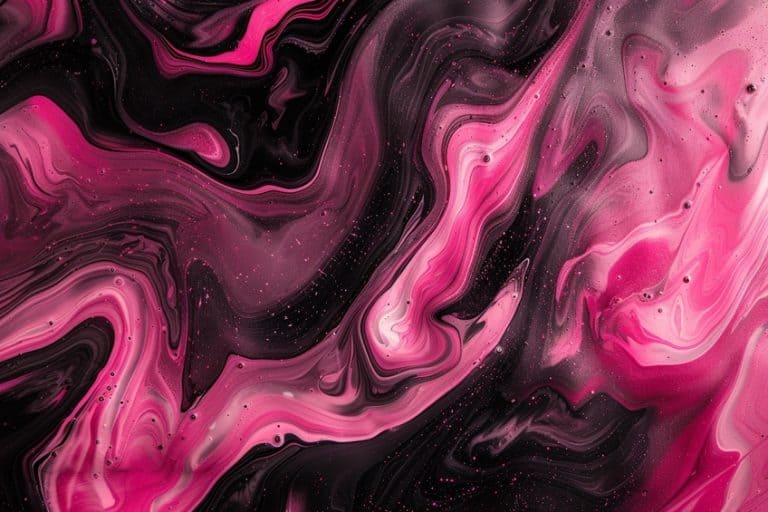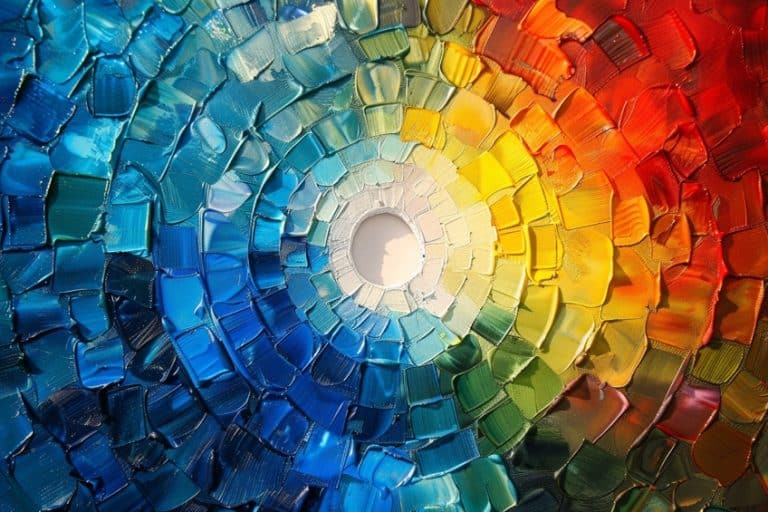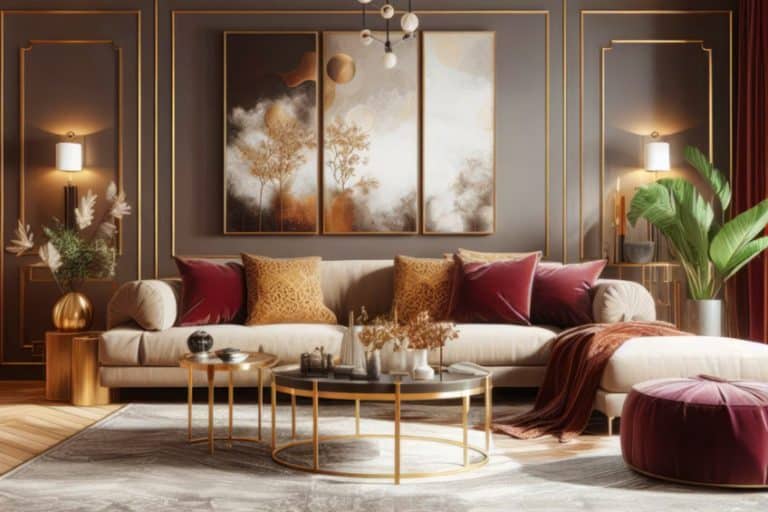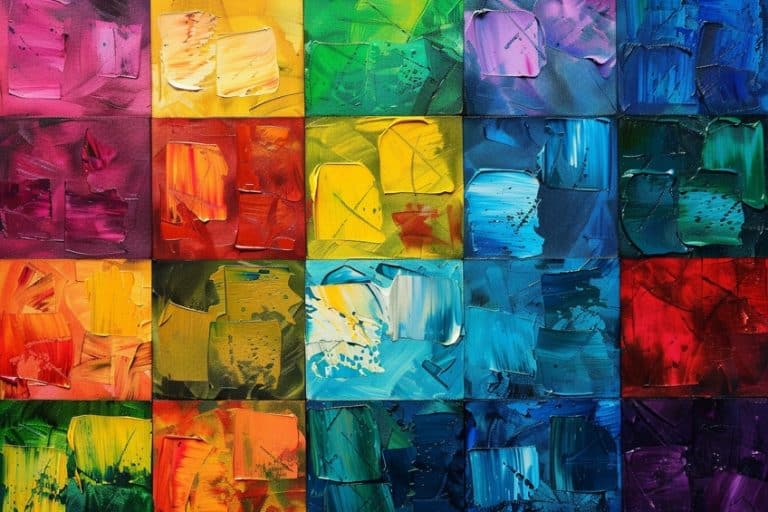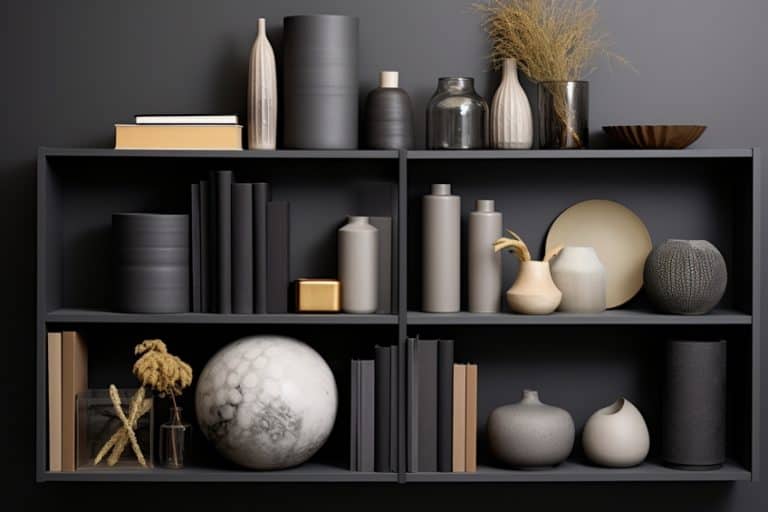Opposite of Green – The Chromatic Counterpart
Welcome, fellow color enthusiasts, to a vibrant journey into the kaleidoscopic realm of color theory! Today, we’re setting our sights on the dynamic counterpart to green, the hue that breathes life into landscapes, inspires envy, and embodies the essence of nature itself. Get ready to dive into the captivating world of opposites as we unveil the mysteries of the color wheel and discover the perfect foil to green’s verdant charm. So, grab your brushes, open your minds, and let’s explore the delightful dance between hues as we uncover the magical opposite of green!
Key Takeaways
- Complementary colors contrast directly with each other and complete the color wheel.
- Green’s opposite, or complementary color, is magenta in the additive RBG color model and red in the subtractive CMY model.
- Different green hues may have varying opposites, valuable for maximizing visual impact in art and design.

Understanding Color Theory
| Shade | Hex Code | CMYK Color Code (%) | RGB Color Code | Color |
| Green | #008000 | 100, 0, 100, 0 | 0, 128, 0 |
Color theory provides a foundation for understanding how colors interact, their relationships, and the visual effects they create when combined. At its core, color theory hinges on the color wheel, a tool that illustrates the spectrum of colors and their relationships. Primary colors in the RYB color model are red, yellow, and blue. These cannot be created by mixing other colors. In contrast, the RGB model, primarily used in digital media, considers red, green, and blue as primary colors. When these RGB colors are mixed in varying degrees, they produce secondary colors and the entire visible spectrum on digital screens.
A complementary color is directly opposite another color on the color wheel, providing maximum contrast.
This is an essential concept in both art and design, leveraging simultaneous contrast to make two colors appear more vibrant when placed alongside each other. In the RYB color model, the opposite of green is red, while the RGB color model points to magenta as green’s complement.
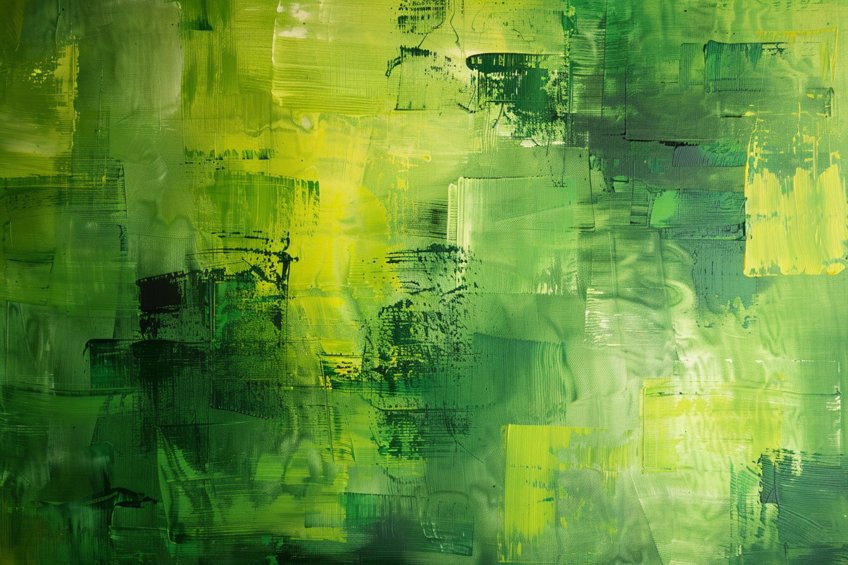
This contrast occurs because green light subtracted from the white spectrum leaves magenta. Conversely, in print where the CMYK color model is the standard, mixing cyan, magenta, and yellow can cover a wide color range with black (K) added to enhance depth and detail. In summary, a color’s hue is a pure color, and a hue’s opposing color, or complementary color, provides the strongest color contrast.
Understanding this aspect of color theory helps in creating harmonious designs, artwork, and enhancing aesthetic appeal through color balance.
Different Color Models
In the context of color theory, the concept of opposite colors is best understood through different color models, each providing a unique perspective on what is considered the opposite of green.
What Is the Opposite of Green in RYB?
| Shade | Hex Code | CMYK Color Code (%) | RGB Color Code | Color |
| Green | #008000 | 100, 0, 100, 0 | 0, 128, 0 | |
| Red | #FF0000 | 0, 100, 100, 0 | 255, 0, 0 |
RYB (Red-Yellow-Blue) is a traditional color model primarily used in art and design education. In this model, the opposites are known as complementary colors. For green, the complementary color within the RYB model is red. This pairing is due to their position on the traditional color wheel, where they sit directly across from one another, offering a high contrast.
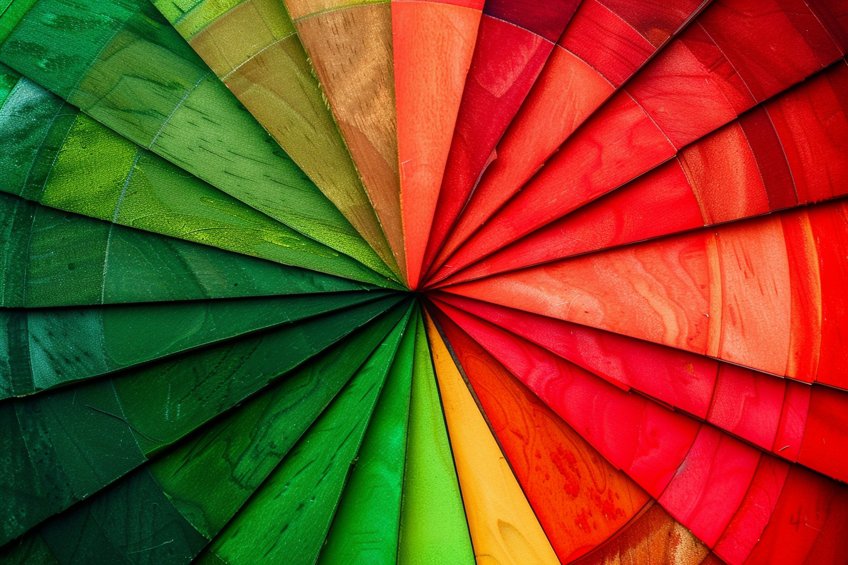
What Is the Opposite of Green in RGB?
| Shade | Hex Code | CMYK Color Code (%) | RGB Color Code | Color |
| Green | #008000 | 100, 0, 100, 0 | 0, 128, 0 | |
| Magenta | #FF00FF | 0, 100, 0, 0 | 255, 0, 255 |
The RGB (Red-Green-Blue) color model is based on light and is used for electronic displays, such as computer monitors and televisions. In this model, colors are created by mixing different amounts of red, green, and blue light. Here, the opposite of green is magenta, because RGB is an additive color model where green and magenta light combine to produce white light.
What Is the Opposite of Green in CMY?
| Shade | Hex Code | CMYK Color Code (%) | RGB Color Code | Color |
| Green | #008000 | 100, 0, 100, 0 | 0, 128, 0 | |
| Magenta | #FF00FF | 0, 100, 0, 0 | 255, 0, 255 |
In the CMY (Cyan-Magenta-Yellow) color model, which is a subtractive model commonly used in printing, the opposite of a color is the one that absorbs the green wavelength. For green, the opposite is magenta, as the CMY model works by subtracting wavelengths from white light to create colors, and magenta absorbs the green wavelengths most effectively.
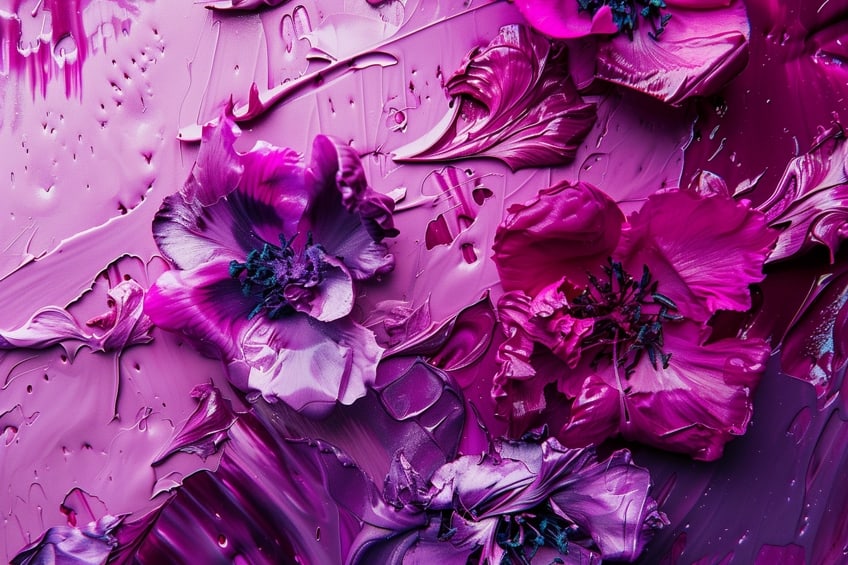
What Is the Opposite Color to Green?
The concept of opposite colors is central to color theory and has practical applications in art, design, and various forms of visual communication. The opposite of a color is known as its complementary color, which is the hue that offers the maximum contrast and completes the color wheel balance. In the case of green, identifying its complementary color can enhance the effectiveness of visual projects by creating visual interest and dynamic compositions. Complementary colors are significant in both additive and subtractive color models, which are foundational to understanding how we perceive color in different mediums.
The additive color model, primarily used in digital displays and lighting, relies on the combination of red, green, and blue light.
On the other hand, the subtractive color model, which applies to pigments and inks, uses cyan, magenta, and yellow as the primary colors. The opposite color to green on the color wheel depends on the color model being referenced. In the RGB color model, used for light sources such as computer screens, magenta is green’s direct opposite. In traditional color models like RYB, red is considered the opposite of green due to the way paints mix.
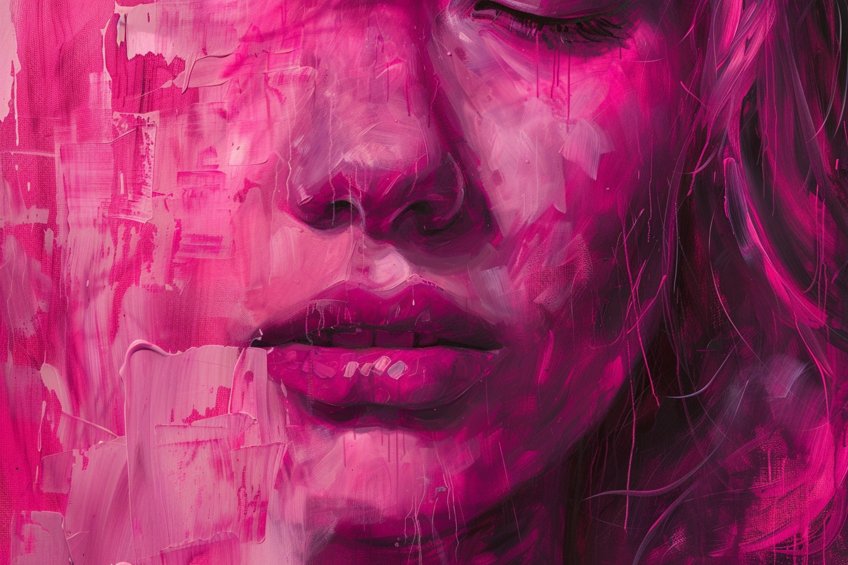
Exploring various hues of green can also reveal a range of opposite colors, suitable for diverse design contexts. Utilizing these complementary pairs can create striking visuals, draw attention to specific elements, and evoke emotional responses from an audience.
Through a deeper understanding of these relationships, artists and designers can apply color opposites effectively across different mediums and for various purposes.
A Look at the Color Red
In the RYB color model, which is based on the subtractive color mixing used in painting, red stands directly across from green on the color wheel. This placement signifies their complementary relationship, each color bringing out the intensity and vibrance when juxtaposed with the other.
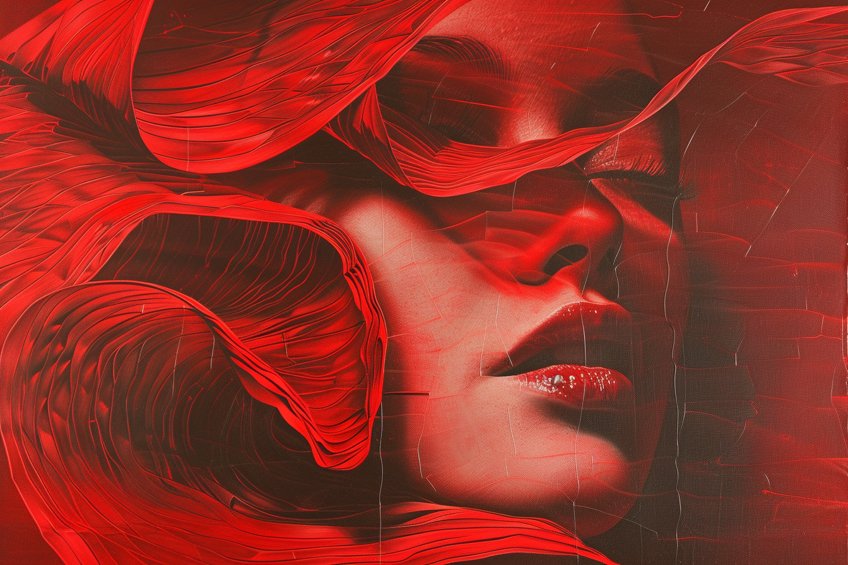
Discover Different Shades of Red
Different shades of red provide a diverse palette when used as the complementary color to green. Below is a list of red shades:
- Crimson: Deep and slightly blue-toned
- Scarlet: A bright red with hints of orange
- Ruby: Darker and rich in tone
- Vermilion: A vibrant pigment leaning towards orange
These shades of red illustrate the variety available within the spectrum that can be used to contrast or complement green in various contexts.
What Are the Opposites to Different Green Hues?
When discussing color theory, the opposite or complementary colors of green vary depending on the shade. The concept of complementary colors is based on their position on the color wheel, where they sit directly across from each other.
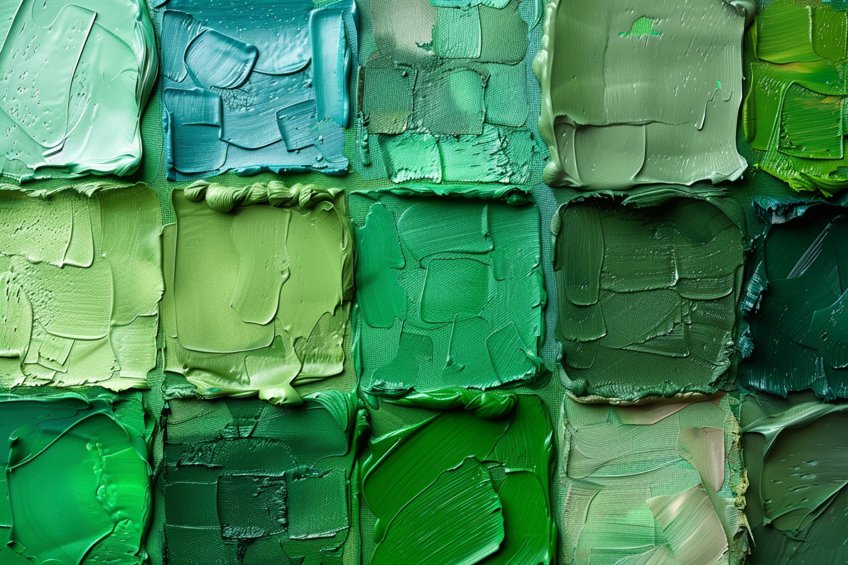
For a standard green, which is an equal mix of blue and yellow, its complementary color is magenta. This complementary pair is often used because they are highly contrasting, making each color appear more vivid when placed side by side. Here is a simple breakdown of opposites for different green hues:
- Lime green: Considered a lighter and brighter green with more yellow, the opposite is a purple-magenta, which combines elements of both red and blue in a deep hue that contrasts with lime green’s vibrant energy.
- Olive green: A darker, somewhat muted green that contains more yellow and less blue, finds its complement in a darker red, creating a sophisticated and earthy contrast.
- Teal: A combination of blue and green together, teal’s opposite on the color wheel is coral, a pink-orange color, which brings out the richness of teal.
- Sea green: A lighter blend of green with hints of blue, sea green has a soft cherry or pinkish-red as its complementary color, thereby enhancing the calm and serene qualities of sea green.
How to Use Greens and Their Opposite Colors
In the world of design, greens and their opposite colors create striking contrasts that are visually compelling. Here are the ways they can be applied across different mediums and contexts.
Applying Opposite Colors in Design
When designers aim to use the color green effectively, they consider its complementary color—magenta in the RGB (light-based) color model, and red in the RYB (paint-based) color model. These opposites on the color wheel provide the highest contrast, and using them together can produce vivid and dynamic visuals. The RGB model is ideal for screens, vibrant accents, and call-to-action buttons to capture attention, while the RYB model is powerful for marketing materials and artwork to evoke strong emotions.
Designers often use bold greens and magenta or red in graphic designs, website elements, and interface icons to create a sense of balance and emphasize important features.
Opposite of Green in Various Contexts
Different shades and tints of green have varying opposites that can affect mood and perception. Lighter greens tend to have lavender or light purple opposites, while darker greens might pair with a deep maroon.
- Interior design: Use red cushions or magenta curtains against green walls for lively room contrast.
- Art: Artists combine red and green, or magenta and green, in paintings to guide the viewer’s eye through the composition.
By carefully selecting the specific shades of green and their opposites, one can design with intention across a variety of creative disciplines.

How to Find the Correct Opposite to Green
In color theory, the opposite or complementary color to green can be discerned through an understanding of color models. There are chiefly two models to consider: the traditional RYB (Red, Yellow, Blue) color model used in art and design, and the RGB (Red, Green, Blue) color model, which is centered on light and is used in digital screens. In the RYB color wheel, the complementary color to green is red.
This is because red and green are directly across from each other on the wheel, providing the highest contrast and thus fulfilling what is traditionally considered ‘opposite’.

On the other hand, the RGB color wheel, pertinent for digital media, identifies magenta (a bright pink color) as the complement to green. Calculating the complementary color in the RGB model can be done by subtracting the RGB value of green, which is (0, 255, 0), from white, which is (255, 255, 255). The result is magenta, with an RGB value of (255, 0, 255). It’s essential for artists and designers to select the appropriate model for their medium to achieve the desired effect when choosing the opposite of green.
In our colorful exploration, we’ve unraveled the captivating counterpart to green, a hue that pulsates with energy and adds a fiery spark to the canvas of nature. Remember, in the grand tapestry of colors, opposites dance together in perfect harmony, creating visual symphonies that enchant the eye and awaken the imagination. Whether you’re painting with strokes of crimson against verdant landscapes or experimenting with contrasts in your designs, embrace the magic of opposites and let your creativity soar in the endless spectrum of hues. Until our next chromatic escapade, may your world be a canvas filled with vibrant surprises and endless inspiration!
Frequently Asked Questions
Which Color Is Directly Across from Green on the Color Wheel?
The color directly across from green on the color wheel is red in the traditional RYB (red-yellow-blue) model used in art and design, which is considered its complementary color.
What Is the Contrasting Color of Green?
In terms of contrast, the opposing color of green on the RGB (red-green-blue) color wheel, which is used for light and digital displays, is magenta. This color pairing provides a high-contrast visual when used together.
What Paint Color Is the Opposite of Green?
When mixing pigments, such as in paint, the conventional opposite color of green is red. This opposition is based on subtractive color principles, with the combination of the two yielding a neutral color.
Isabella studied at the University of Cape Town in South Africa and graduated with a Bachelor of Arts majoring in English Literature & Language and Psychology. Throughout her undergraduate years, she took Art History as an additional subject and absolutely loved it. Building on from her art history knowledge that began in high school, art has always been a particular area of fascination for her. From learning about artworks previously unknown to her, or sharpening her existing understanding of specific works, the ability to continue learning within this interesting sphere excites her greatly.
Her focal points of interest in art history encompass profiling specific artists and art movements, as it is these areas where she is able to really dig deep into the rich narrative of the art world. Additionally, she particularly enjoys exploring the different artistic styles of the 20th century, as well as the important impact that female artists have had on the development of art history.
Learn more about Isabella Meyer and the Art in Context Team.
Cite this Article
Isabella, Meyer, “Opposite of Green – The Chromatic Counterpart.” Art in Context. March 15, 2024. URL: https://artincontext.org/opposite-of-green/
Meyer, I. (2024, 15 March). Opposite of Green – The Chromatic Counterpart. Art in Context. https://artincontext.org/opposite-of-green/
Meyer, Isabella. “Opposite of Green – The Chromatic Counterpart.” Art in Context, March 15, 2024. https://artincontext.org/opposite-of-green/.




